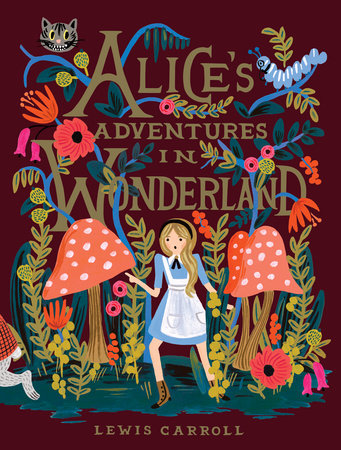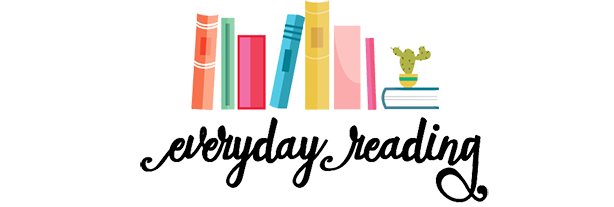For many teachers, what and how to teach is based on the course
book and its syllabus that most of the time is chosen by the institution they
work for, which is beneficial for the novice teachers to make them confident
through using carefully prepared books that provide a balanced chronological
presentation of information which is accompanied most of the time with variety
of resources that would save the teacher’s time and energy in thinking,
searching and preparing , those teachers sometimes use alternatives to the text
book ,that they consider it trusted and prepared in a satisfactory language
control, but to follow the allocated syllabus and procedures.
But relying on text books may stifle the teacher’s creativity
through books that are structured in a specific way to impose a learning style
that may not suit all students. Adding that text books are often bland, to
avoid any possible offence and to be acceptable in many different contexts,
where these contexts may not be in the best interests and needs of the
students.
On the other hand, using authentic materials in teaching provides
the teacher with more opportunities to choose and create from all the
components of language that can be dealt with and suit all learning styles. Moreover,
well-chosen and prepared authentic materials generate more students’
involvement and motivate learners to communicate through real topics that
prepare them for real world communication.
 However, teaching through authentic materials needs time and effort
from the teacher to make it coherent, balanced, and organized with the
curriculum standards, as well as suitable for the students’ age, ability,
learning style, and social mentality. Because some authentic materials may
contain a language that we don’t want to teach, or even they may contain some
language errors, without forgetting that the majority of them are copyrighted
and we should take that into consideration if we want to use them.
However, teaching through authentic materials needs time and effort
from the teacher to make it coherent, balanced, and organized with the
curriculum standards, as well as suitable for the students’ age, ability,
learning style, and social mentality. Because some authentic materials may
contain a language that we don’t want to teach, or even they may contain some
language errors, without forgetting that the majority of them are copyrighted
and we should take that into consideration if we want to use them.
As a teacher, I believe that the balance that results from the
students’ interests and needs is always the key beyond the correct choice between
books and authentic materials, where the teacher should know when the text book
is enough and serves the needs of her lesson objectives and when getting trusted,
well-tested authentic materials give better results in achieving her goal.
This balance can occur also through interacting both in the same
lesson, as the teacher can explain the text in the book and provide activities
based on authentic materials, or giving an authentic material as an
introduction for the lesson.
Teachers would master the correct choice better after building a
rich repertoire of experiences that allows her to match what is best for every
class, lesson, and students, to enrich the learners learning experience in a
real authentic but professional accurate manner.
Significantly, knowing what to choose is not always easy, since
it’s mostly dependent on the learners themselves, where the learners also are
affected by many factors that lead to totally different individuals in the same
teaching process.





